39 label the molecular shape around each of the central atoms in the amino acid glycine
Biopython Tutorial and Cookbook There is a related example in Section 20.1.3, translating each record in a FASTA file from nucleotides to amino acids. 5.5.4 Getting your SeqRecord objects as formatted strings Suppose that you don’t really want to write your records to a file or handle – instead you want a string containing the records in a ... Cambridge International AS and A Level Biology ... - Academia.edu WebBinding of substrate brings about temporary change in enzyme shape known as induced fit 4. Chemical reaction occurs and substrate is changed 5. Products are released and enzyme returns to its original form E.g. maltase catalyses reaction between maltose and water, where maltose is split to produce two glucose molecules Lock and Key Model: • The …
Amino acid - Wikipedia There are three amino acids with side-chains that are cations at neutral pH (though in one, histidine, cationic and neutral forms both exist). They are commonly called basic amino acids, but this term is misleading: histidine can act both as a Brønsted acid and as a Brønsted base at neutral pH, lysine acts as a Brønsted acid, and arginine has a fixed positive charge and does not ionize in ...
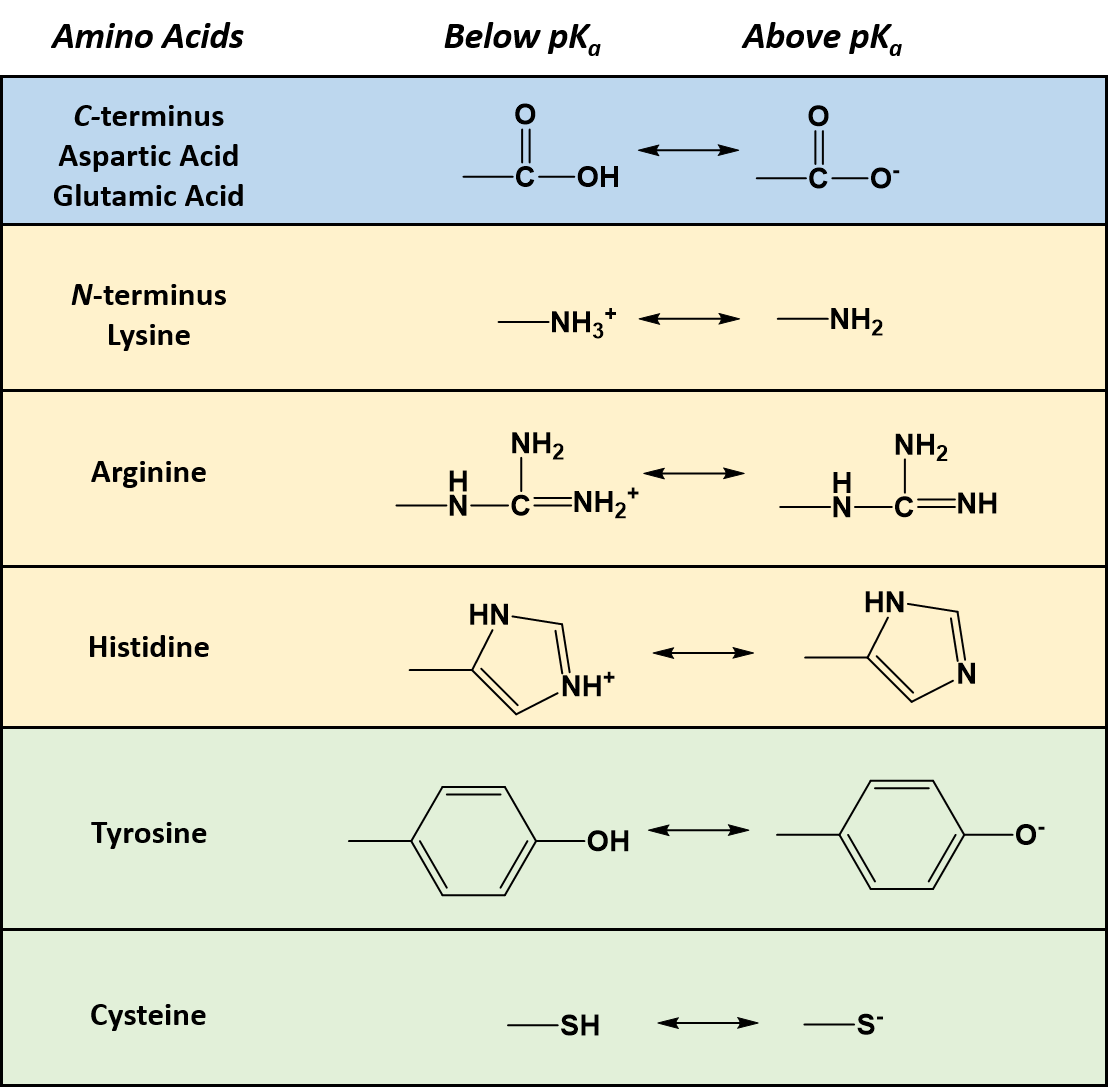
Label the molecular shape around each of the central atoms in the amino acid glycine
Jmol/JSmol Interactive Script Documentation - St. Olaf College The SMILES string includes a "PH" chirality indicator, such as [Ru@PH7] for the central atom, specifing the number of attached atoms forming the corners of the polyhedron. the next n atoms (7 in this case) are appended using SMILES "." notation as though not connected to the central atom, instead showing connections to all associated edge atoms ... Water - Wikipedia WebWater (H 2 O) is a polar inorganic compound.At room temperature it is a tasteless and odorless liquid, nearly colorless with a hint of blue.This simplest hydrogen chalcogenide is by far the most studied chemical compound and is described as the "universal solvent" for its ability to dissolve many substances. This allows it to be the "solvent of life": indeed, water … CH103 – Chapter 8: The Major Macromolecules – Chemistry Each amino acid has the same fundamental structure, which consists of a central carbon atom bonded to an amino group (–NH 2), a carboxyl group (–COOH), and a hydrogen atom. Every amino acid also has another variable atom or group of atoms bonded to the central carbon atom known as the R group.
Label the molecular shape around each of the central atoms in the amino acid glycine. Chemical formula - Wikipedia WebIn chemistry, the empirical formula of a chemical is a simple expression of the relative number of each type of atom or ratio of the elements in the compound. Empirical formulae are the standard for ionic compounds, such as CaCl 2, and for macromolecules, such as SiO 2.An empirical formula makes no reference to isomerism, structure, or absolute number … Protein - Wikipedia WebProteins are assembled from amino acids using information encoded in genes. Each protein has its own unique amino acid sequence that is specified by the nucleotide sequence of the gene encoding this protein. The genetic code is a set of three-nucleotide sets called codons and each three-nucleotide combination designates an amino acid, for … Structure-based protein function prediction using graph … Web26. Mai 2021 · In grad-CAM, we first compute the contribution of each filter, k, in the last convolutional layer to the prediction of function label l by taking the derivative of the output of the model for ... Junqueira's Basic Histology Text and Atlas, 14th Edition WebWithin each chapter, important topics are identified and discussed in simple language so as to facilitate rapid reading and understanding of important concepts. Each chapter is also followed by review questions that can enable the reader to use them as self-assessment tools. The author strongly believes that this teaching material will play a ...
Join LiveJournal WebPassword requirements: 6 to 30 characters long; ASCII characters only (characters found on a standard US keyboard); must contain at least 4 different symbols; CFR - Code of Federal Regulations Title 21 - Food and Drug … Web(3) Each amino acid (or combination of the minimum number necessary to achieve a statistically significant increase) added results in a statistically significant increase in the PER as determined by the method described in paragraph (d) of this section. The minimum amount of the amino acid(s) to achieve the desired effect must be used and the increase … CH103 – Chapter 8: The Major Macromolecules – Chemistry Each amino acid has the same fundamental structure, which consists of a central carbon atom bonded to an amino group (–NH 2), a carboxyl group (–COOH), and a hydrogen atom. Every amino acid also has another variable atom or group of atoms bonded to the central carbon atom known as the R group. Water - Wikipedia WebWater (H 2 O) is a polar inorganic compound.At room temperature it is a tasteless and odorless liquid, nearly colorless with a hint of blue.This simplest hydrogen chalcogenide is by far the most studied chemical compound and is described as the "universal solvent" for its ability to dissolve many substances. This allows it to be the "solvent of life": indeed, water …
Jmol/JSmol Interactive Script Documentation - St. Olaf College The SMILES string includes a "PH" chirality indicator, such as [Ru@PH7] for the central atom, specifing the number of attached atoms forming the corners of the polyhedron. the next n atoms (7 in this case) are appended using SMILES "." notation as though not connected to the central atom, instead showing connections to all associated edge atoms ...
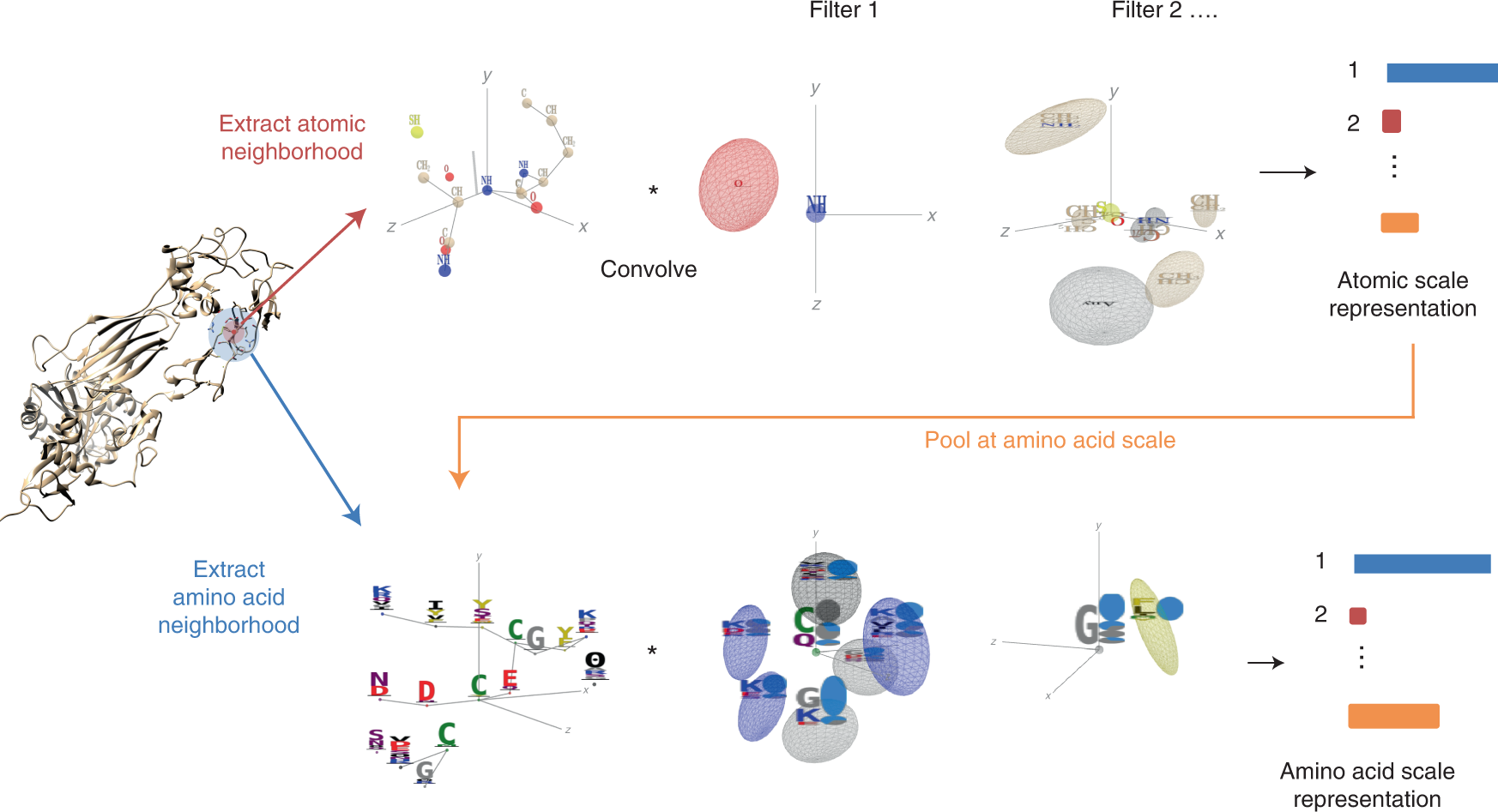


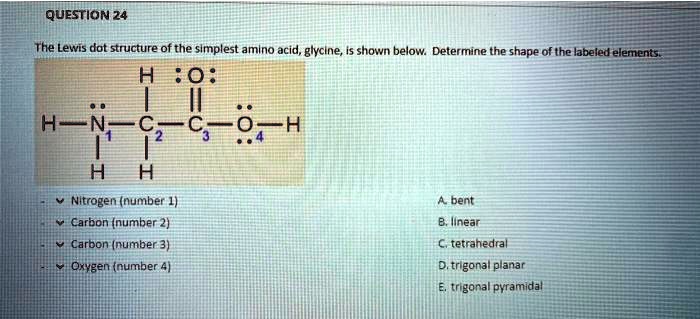
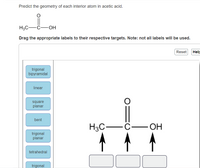

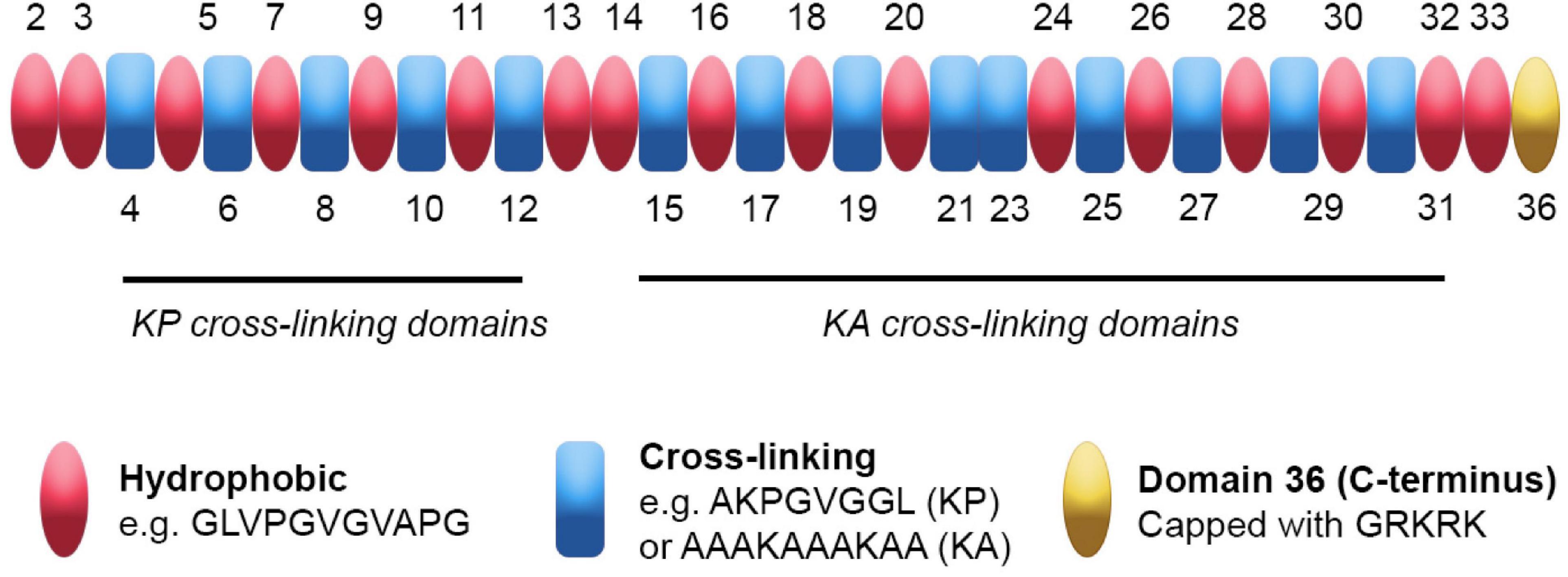
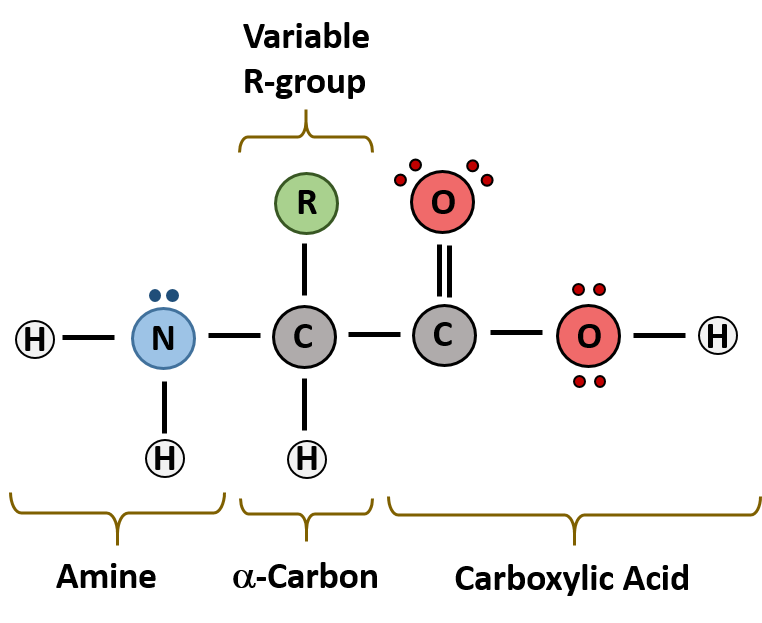




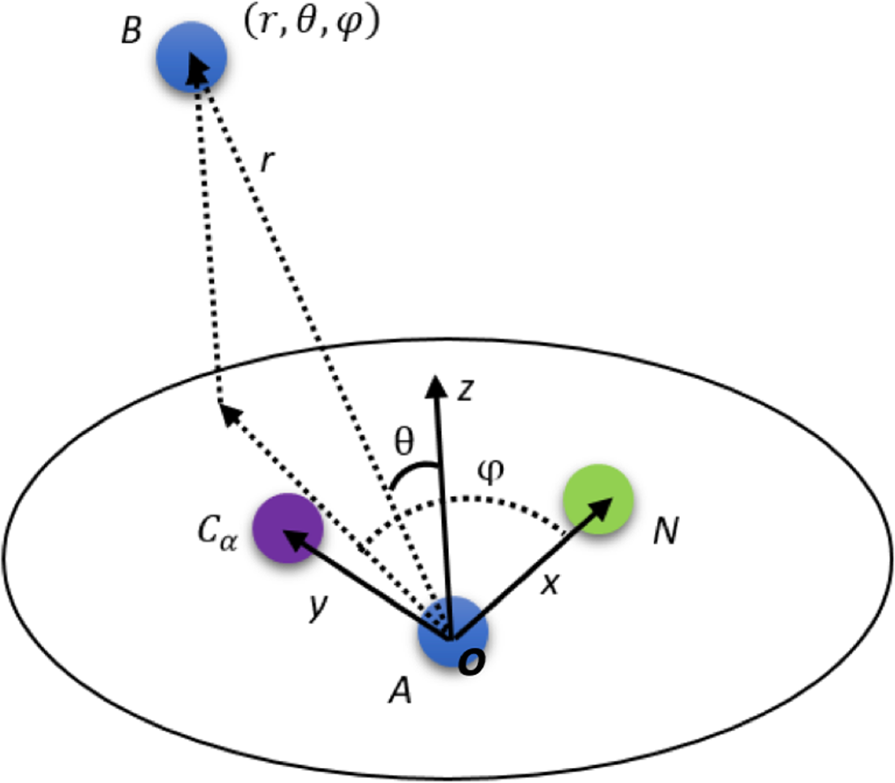



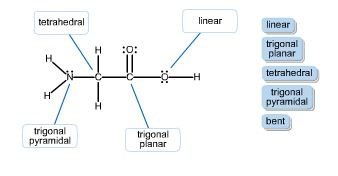
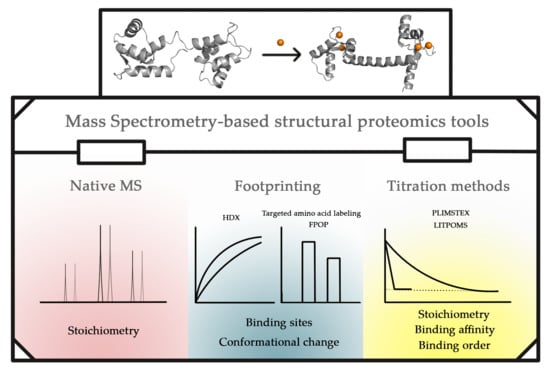

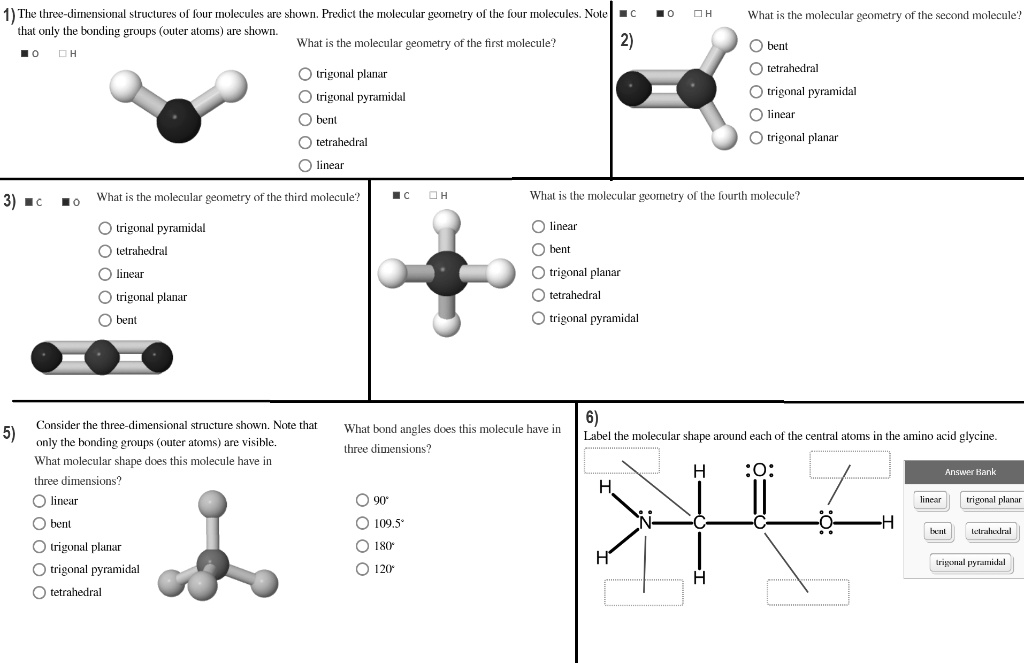
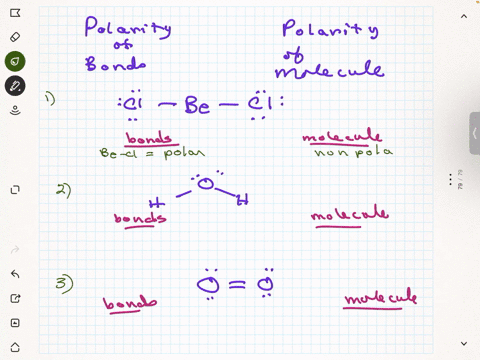

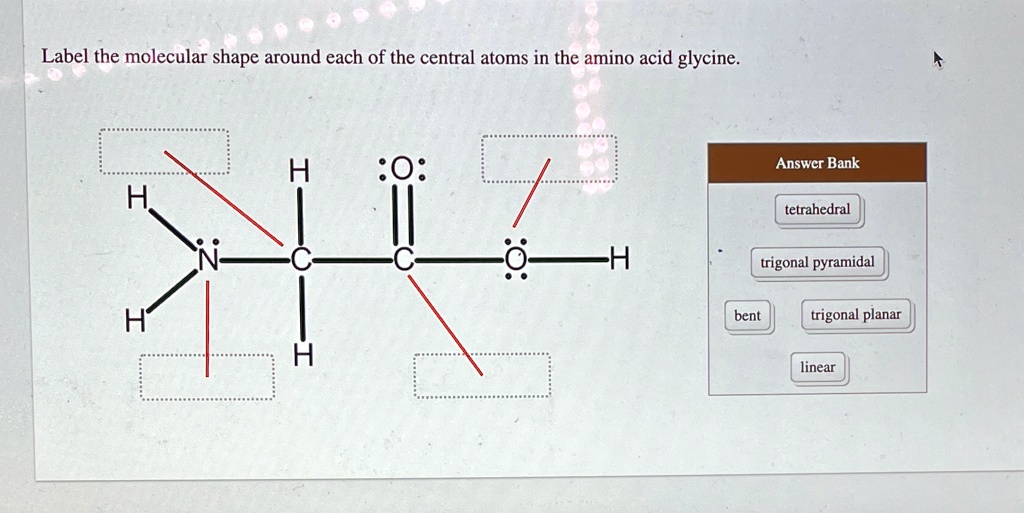
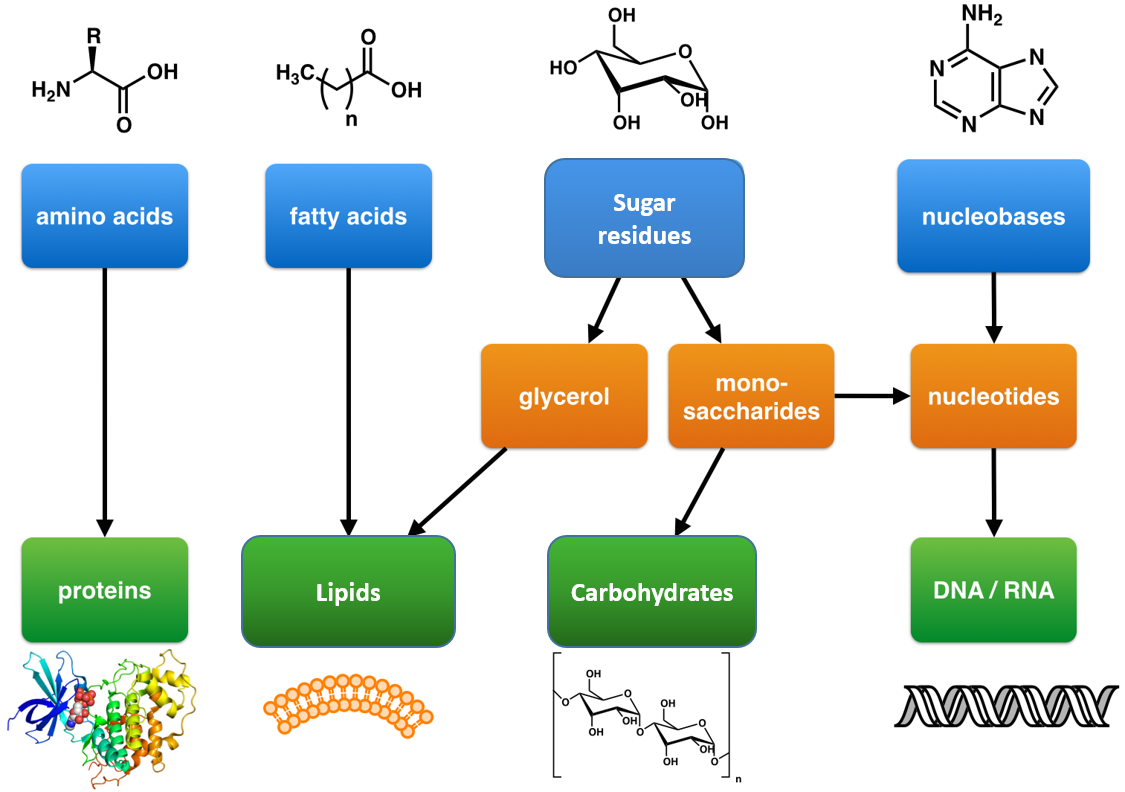

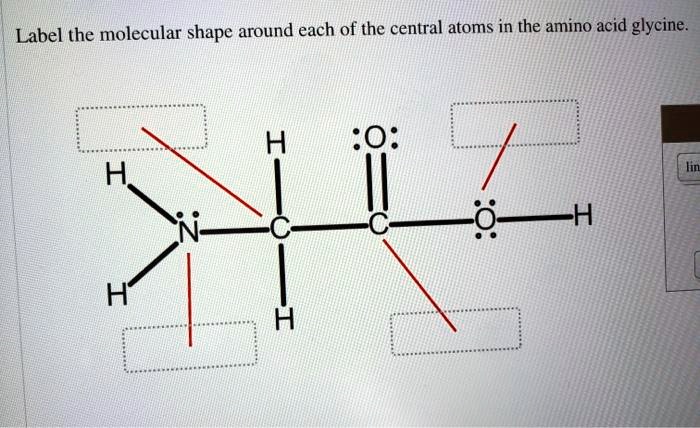
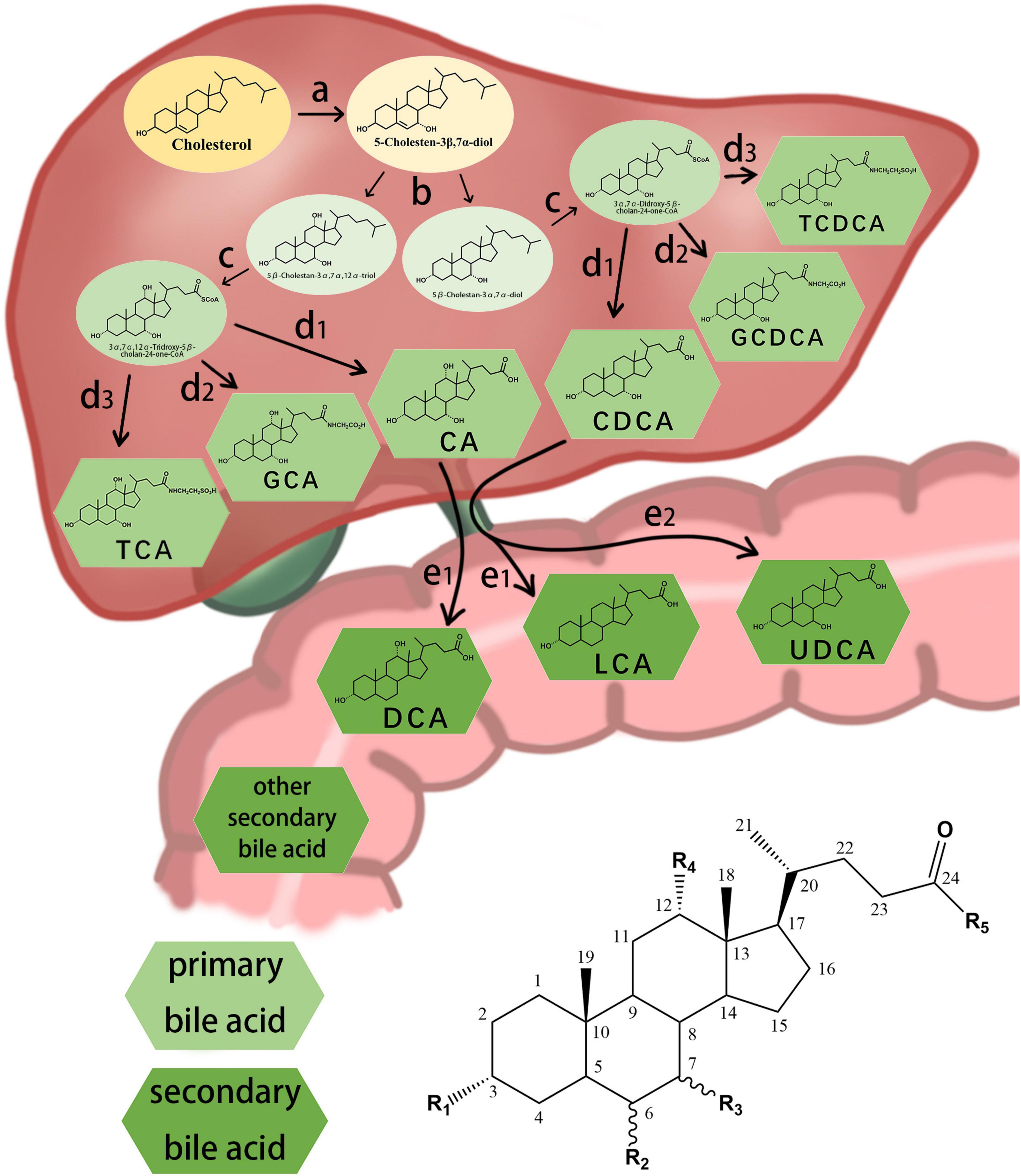
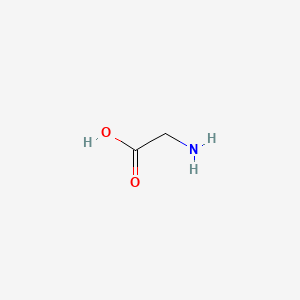
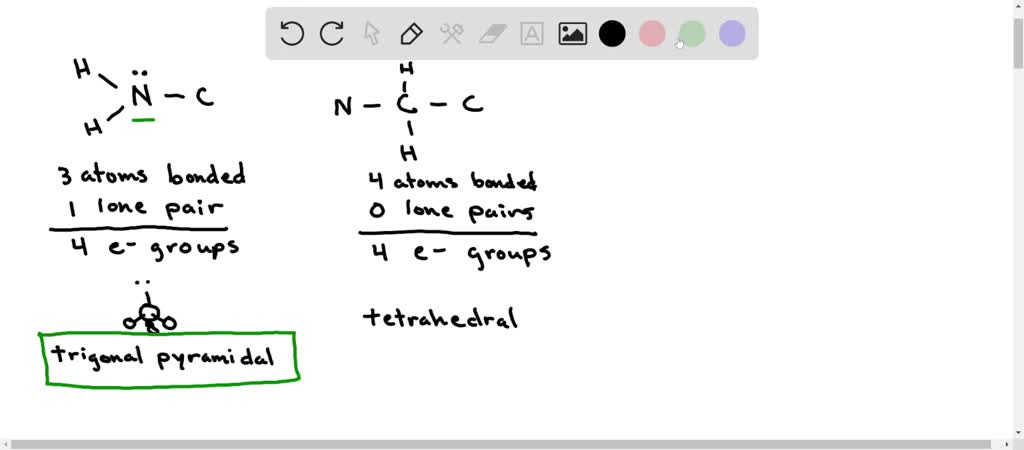


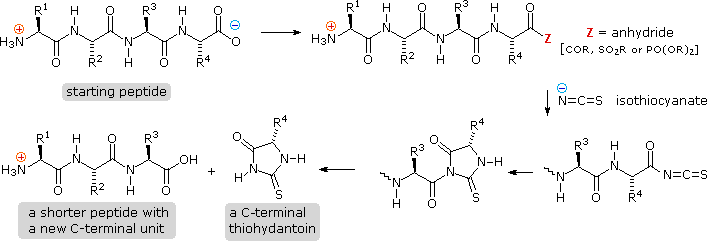

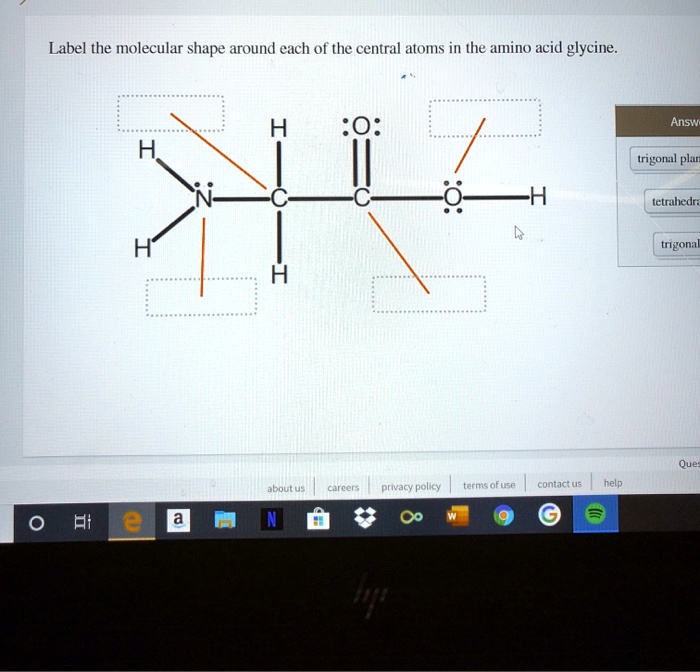
Post a Comment for "39 label the molecular shape around each of the central atoms in the amino acid glycine"